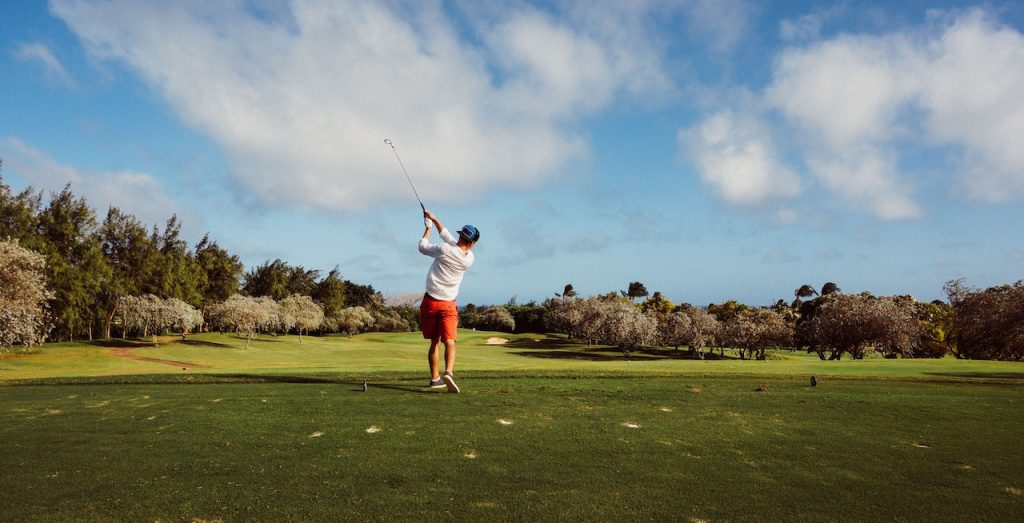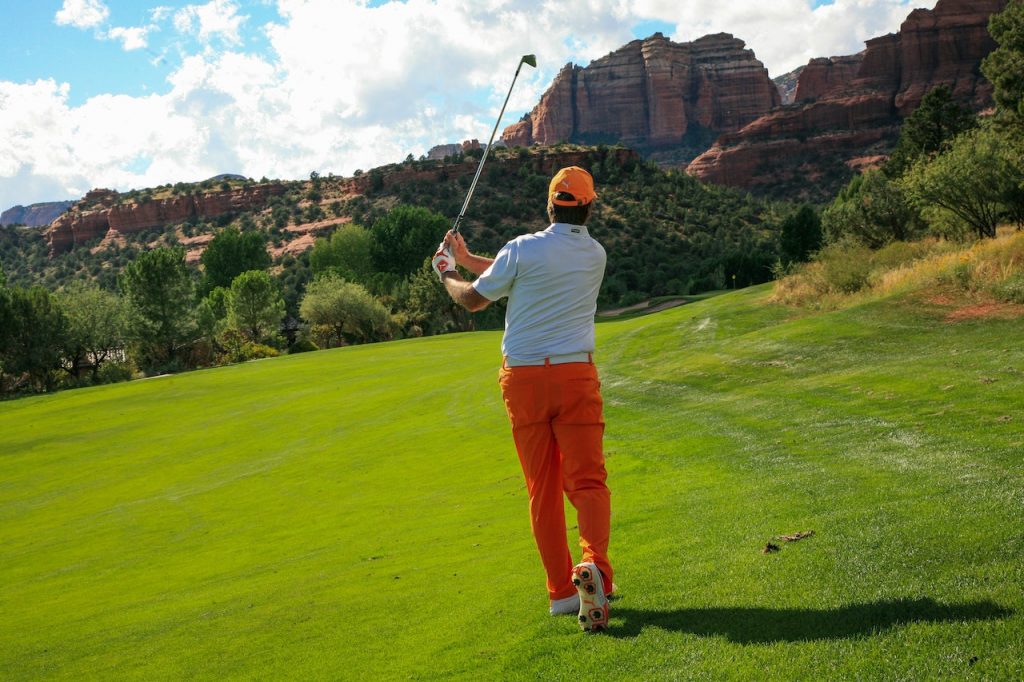Golf grip: How to Hold a Golf Club
The only thing you can do to connect with your golf club is your grip. We’ll show you how to hold a club and answer players’ questions about this skill.
We’ll start with an essential guide. Next, we’ll talk about the finer points, like grip pressure and variations in golf grips.
You want to take your time and get to the first tee. Here are the steps. You can read the entire article if you are in a relaxed mood. To help you reach your golfing goals, it is essential to understand the finer points of an excellent grip.
Jump to videos
- How do I fix my golf grip? – fade/slice
- How do I improve my golf grip? Draw / Hook
Guide to golf grips that are quick and easy.
This sequence applies to right-handed golfers. You can also follow these steps if you’re left-handed, but change your hands for each step.
Left-hand golf grip
Start by holding the golf club in your right hand. Next, secure the grip with your left hand. Then, place your left hand against the side. Your fingers should be pointed toward the ground.
Your grip should extend from your index finger’s middle joint to your small finger’s base. After your left hand is in position, wrap your fingers around your club and place your right hand on the grip.
Face-on golf grip building
We will now go through the process face-on, explaining some more details. The top two images show how your left-hand grip should look in a mirror. Once you are satisfied with the position of your left hand, wrap your fingers around the grip (top left image).
You should feel like you have the golf club in your hands. You should feel that you have made a lot of contact between your hands, lower palm, and grip. It indicates that you can control the golf club throughout your swing.
The finished golf grip shows how the hands are positioned closely together as if they were one unit. It is a crucial feature all great golfers possess. It ensures that you and the club are working together to achieve the same goal, rather than each other fighting.
We’ll be taking a deeper look at how the hands can connect.
Different types of golf grip
Interlocking grip
An interlocking grip is when you connect your index and little fingers on both your left and right hands. It’s a great way of linking your hands. This grip is preferred by golfers with small hands and is used by Tiger Woods. It is the most common method I coach.
Overlapping grip
It is where your little finger on your right-hand rests in the notch between the middle finger of your left hand and index finger. Your hands overlap. This grip is excellent for golfers with large hands, who may find interlocking fingers awkward. This variation is also suitable for those with large hands and golfers who prefer to avoid interlocking.
Interlocking and overlap grips can be a great way of unifying your hands. Choose one and stay with it. There is no reason to switch between them.
Ten finger golf grip
The ten finger grip is the final option. It is where all your fingers on your right side are below your left. This grip is ideal for junior golfers. You should use one of these options, but the ten finger grip is the best. It creates the most separation between your fingers and can cause problems with consistency as you move up the ranks.
Apply grip pressure
Two things are essential to improve your grip pressure
- You can apply a lot of stress.
- What are the pressure points?
What pressure should I apply to hold a golf ball?
A good strategy for general grip pressure is to imagine yourself holding a banana. Then, you must eat the rest after you’ve hit your shot. If you are too light, the banana will fly from your hands. However, if you squeeze too hard, the banana will become mushy.
Golfers often grip too hard and squeeze the club to death.
Too much grip pressure can cause co-contraction in your forearm muscles, a reduced wrist hinge, and a reduced club head speed.
Another typical result of tight gripping is a reduced forearm rotation during the backswing or downswing. Poor forearm rotation may lead to hooks (too much rotation in the backswing) or slices (too much rotation during the downswing).
When holding the golf club, think light and soft.
Pressure points
You should find your hands snugly fitting around the grip if you’ve followed this guide. Golfers often feel that the golf club is too far in their hands when they first use a proper grip. It is normal and a sign of a good grip.
When the golf club is in the correct position, you will feel that the top 2-3 fingers of your left hand are holding the club. Also, there should be a slight pinch between your index finger and the right thumb at the bottom.
How to get the proper grip
Many articles will show you how to grip your golf club correctly. But I have yet to find any that explain how your grip impacts your game.
Here’s a look at why a good grip is essential for golf. Also, how changing your grip can help improve your accuracy and consistency.
The club face angle is the location of your club face at Impact. It determines roughly 80% of your golf shot’s direction. The most crucial factor in hitting your target with the golf ball is the squareness of your club face at Impact. It can affect anywhere from 61 to 83% of the ball’s direction and about 80% of all lateral errors.
What makes my grip so crucial for the club’s face?
Watch the video to see how your arms and hands naturally hang inwards. It is the position that your hands and arms will return to when you swing the golf club fast. A neutral grip is when both hands look twisted and rest on top of the club. It is their natural anatomical position.
Timing is critical in golf. You must precisely set your shots to square up the club face. A good golf grip will ensure that your club face is squared automatically when your arms are in neutral (as shown in the video).
A lousy golf grip means you must manipulate the club face square and force it into alignment. It will make slicers feel like they are flipping their arms over to align the club face. It forces your hands to rotate beyond their natural positions to impact.
My golf grip makes it difficult to slice/hook.
We know how your grip affects your swing mechanics and can explain why sure grips can cause you to slice or hook.
Why do I slice/fade?
Remember that the curving flight in a slice/fade results from the club face being open to the swing path at Impact, not an out-toward swing path. This misconception prevents many golfers from getting better.
Why do I hook/draw?
A hooking ball flight can also be caused by your clubface being too close to the swing path at Impact. You can see in the video how a firm grip will cause you to have a closed face at the mark.
How do I fix my grip? – fade/slice
Here are two videos that will show you how to change your grip on the golf course. The key is to have your hands turned in a different direction than you are used to. Make sure you point to the target with your club face when you change your grip.
The top hand is what most golfers use to slice. Your right hand should be able to hold the left hand with ease.
Is there a perfect golf grip?
A golf grip that matches your release of the club and produces the desired ball flight (straight, slight draw, or slight fade) is called the ideal golf grip. Although this article is a great example, your perfect grip might be 2-3o stronger than the one shown.
The flight and curvature are your critical feedback. Go to the range and try your new grip. Continue to exaggerate your grip until you get a straight shot.
Try to exaggerate the grip change to make your lousy shot better.
To fade the golf ball, keep increasing your grip change until the ball draws through the air. You can achieve a soft fade if you have difficulty with the hook.
It will help you realize that there is no “perfect golf grip” regarding fine details. The neutral and the hands that are close together are an excellent grip for golf. These are the key factors.
Many tour players have a weak or strong grip. After you grasp your grasp, continue to use the ball flight for the best golf grip.
What is a shortened right thumb?
All images and videos showing the left-hand grip will show your thumb slightly pulled up (flexed). Your left thumb acts as a contact point and controls the golf club. The club shaft should be directly below your left thumb at the top of the backswing. It prevents the club from slipping or bouncing.
A shorter left thumb will allow you to apply more force while maintaining control of your golf club. Your thumb can use more power to control the club if it is fully extended.
Take a golf club, and begin a backswing with your left hand. You’ll soon realize how important this contact point becomes as you reach the top.
How to change your grip
Changes in your grip on the golf course can be complex. You have to get used to the feedback and feeling it gives you. Your golf swing will look the same but feel different because new parts of your hands are in contact with the club, providing feedback.
It is a great place to begin chipping with your new grip. It is a great way to relax your hands and make things feel more normal.
A golf grip trainer is also helpful in giving feedback. But I have yet to find a foolproof one.
Do I need to chip and pitch with one grip?
It would be best if you kept the exact grip for shots within 50 yards. However, it is helpful to grip the club lower down – towards your grip’s bottom. It will give you more control and enable you to do more pitching or chipping.
What makes a putting grip unique?
Yes, the club’s grip should be the same for all shots except your putter. This guide will teach you how to grip the putting hold properly.
How to hold a club of golf – Summary
It will be awkward to change your grip, but it is possible to stick with it. Excellent grips are the foundation for great golf.
This guide was helpful. If you have any questions, please leave them below. I will update the article with your answers. Join the Golf Insider Newsletter to receive articles similar to this one. It’s completely free and will always be.



